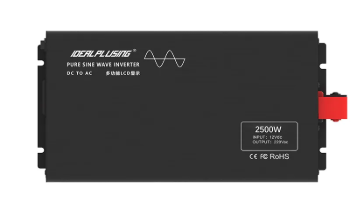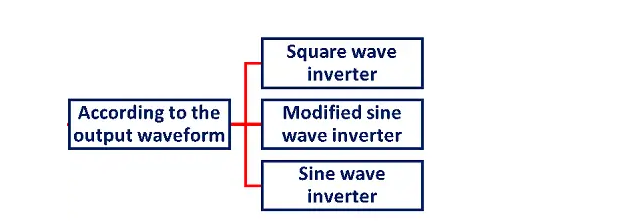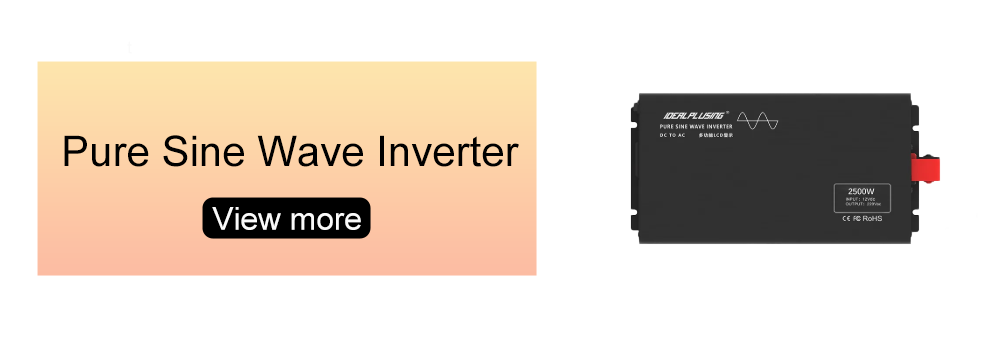In modern life, we enjoy the convenience brought by various electrical appliances, but few people realize that there is a huge gap in the world of electricity - the barrier between direct current and alternating current. When we talk about solar power generation, electric vehicles, or outdoor power sources, we are faced with direct current; But when we use household appliances, what we need is alternating current. The bridge connecting these two worlds is the protagonist of this article - the inverter.

Inverter, which sounds like a professional term, actually plays the role of an electrical energy "translator". Its core mission is to convert direct current into alternating current, allowing different forms of electrical energy to flow smoothly. With the popularization of new energy technology, inverters have moved from professional industrial equipment to ordinary households, becoming an indispensable key equipment in the era of green energy.
To fully understand inverters, we need to analyze this big family from several different dimensions. Firstly, from the perspective of application scenarios, inverters are mainly divided into three types. Grid connected inverters are our most common type, acting as the "good citizens" of the power grid. They not only convert direct current generated by solar energy into alternating current that meets the requirements of the grid, but also intelligently feed back excess electricity to the grid. This type of inverter has an important characteristic: when the power grid is cut off, it will automatically stop working to ensure the safety of maintenance personnel. On the other hand, off grid inverters are suitable for systems that are completely independent of the power grid, such as power stations in remote areas or RV power systems. Off grid inverters usually need to be used in conjunction with batteries to form their own power supply system. Hybrid inverters combine the strengths of both, allowing them to interact with the power grid and operate independently in the event of grid failures, making them an ideal choice for current home energy storage systems.
From a technical perspective, the waveform quality output by the inverter directly affects the performance and safety of electrical equipment. In this dimension, inverters have undergone technological evolution from simplicity to precision. Although early square wave inverters had simple structures and low costs, their output waveforms were rough and could damage precision electrical appliances. They have now been largely eliminated from the market. The modified sine wave inverter has been improved on the basis of square waves, using step waves to simulate sine waves, but there is still a problem of harmonic distortion. Nowadays, pure sine wave inverters have become the mainstream in the market. They can output smooth sine waves of the same quality as the power grid, compatible with all types of electrical equipment, especially for motor devices such as refrigerators and air conditioners, with better compatibility and higher energy efficiency.

In the field of solar energy applications, the architecture design of inverters directly affects the efficiency of the entire power generation system. Centralized inverters are commonly used in large ground power plants, characterized by the collection of a large number of solar panels for unified conversion. Although the cost is low, it lacks flexibility. String inverters are more flexible, connecting several solar panels in series for conversion, and are widely popular in household and commercial power plants. The emergence of micro inverters represents an important breakthrough in technology. It equips each solar panel with a separate micro inverter, achieving optimized management at the component level and greatly improving the overall efficiency and safety of the system. The power optimizer system adopts a compromise approach, installing optimizers behind each board and then connecting them to traditional inverters, balancing performance and cost.
When choosing an inverter, we need to consider multiple factors comprehensively. For ordinary household users, grid connected string inverters with pure sine wave output are the most common choice. If there are shading issues on the roof or special attention is paid to safety performance, micro inverters are a better solution. For households that require backup power, hybrid inverters can provide power-off protection. In outdoor or off grid scenarios, off grid pure sine wave inverters combined with battery systems can meet basic electricity needs.
The development of inverter technology is closely linked to the new energy revolution. With the popularization of renewable energy such as solar and wind power, inverters are developing towards higher efficiency and intelligence. Modern inverters not only complete the basic current conversion function, but also integrate advanced functions such as data acquisition, remote monitoring, intelligent scheduling, and become an important node of the energy Internet.
Understanding inverter specifications enables better energy system planning. For both home solar projects and emergency power setups, the correct inverter is a smart choice for achieving high efficiency and safe operation. As we pursue sustainable development, inverters are quietly reshaping our energy use by bridging conventional and renewable sources.
In the future, with the progress of power electronics technology and the development of energy Internet, inverters will continue to evolve and become more intelligent and efficient energy management cores. It not only completes the basic work of current form conversion, but also shoulders the important mission of optimizing energy structure and improving energy efficiency. In this sense, a deep understanding of inverters is an important key to grasping the future development of energy.








